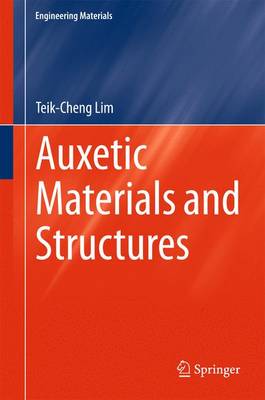Engineering Materials
2 total works
This book discusses bulk solids that derive their mechanical properties not from those of their base materials, but from their designed microstructures. Focusing on the negative mechanical properties, it addresses topics that reveal the counter-intuitive nature of solids, specifically the negativity of properties that are commonly positive, such as negative bulk modulus, negative compressibility, negative hygroexpansion, negative thermal expansion, negative stiffness phase, and negative Poisson's ratio. These topics are significant not only due to the curiosity they have sparked, but also because of the possibility of designing materials and structures that can behave in ways that are not normally expected in conventional solids, and as such, of materials that can outperform solids and structures made from conventional materials.
The book includes illustrations to facilitate learning, and, where appropriate, reference tables. The presentation is didactic, starting with simple cases, followed by increasingly complex ones. It provides a solid foundation for graduate students, and a valuable resource for practicing materials engineers seeking to develop novel materials through the judicious design of microstructures and their corresponding mechanisms.

